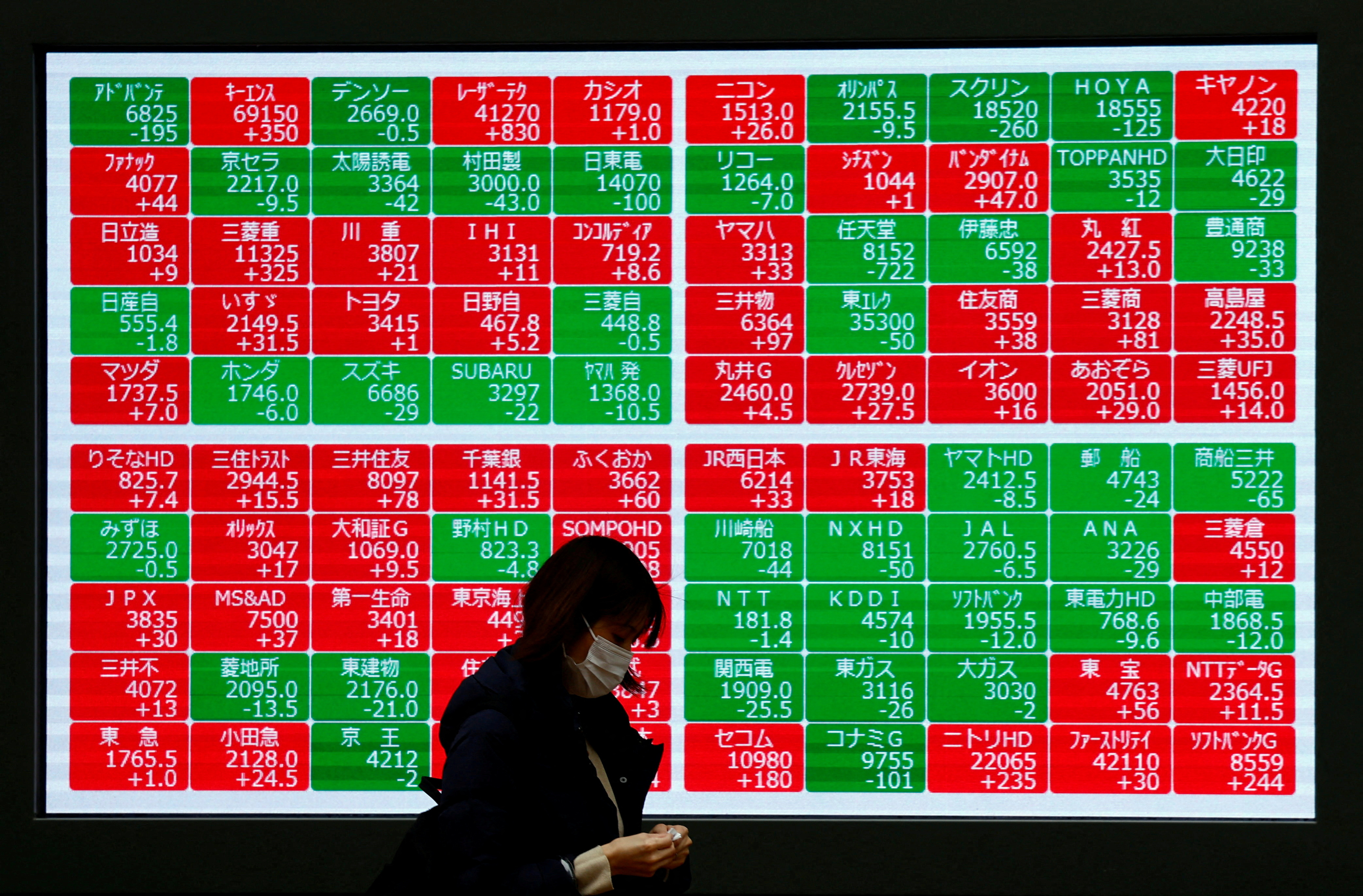
Report on Sexual Orientation and Gender Identity Data Collection in US Outpatient Oncology Clinics
Introduction
Sexual orientation and gender identity (SOGI) data are critical for addressing health care disparities and accurately representing diverse patient populations in cancer care. However, the routine integration of SOGI data into oncology practices remains inconsistent across the United States. This report summarizes new research published in JAMA Network Open that identifies key factors influencing the consistent collection of SOGI data in outpatient oncology clinics. The findings have significant implications for advancing Sustainable Development Goals (SDGs), particularly SDG 3 (Good Health and Well-being), SDG 10 (Reduced Inequalities), and SDG 5 (Gender Equality).
Methodology
- Interviews were conducted with 62 health care professionals from 23 cancer centers across diverse geographic settings between September 1, 2022, and August 31, 2023.
- The study aimed to understand organizational, technological, and cultural influences on systematic SOGI data collection.
- Centers were selected to maximize heterogeneity, with 61% academic settings, 74% urban locations, and 83% with expanded Medicaid coverage before 2019.
- Participants had a mean age of 46 years, with 42% female representation.
Current Status of SOGI Data Collection
- Only 30% (7 sites) of cancer centers systematically collected SOGI data for all patients.
- 48% (11 sites) partially collected SOGI data or had partially implemented plans to do so.
- 22% (5 sites) did not collect SOGI data due to lack of structured fields in electronic health records (EHRs) or disabled data collection mechanisms.
Context and Policy Background
- The Centers for Medicare & Medicaid Services (CMS) mandated EHRs to document SOGI data over a decade ago.
- The American Society of Clinical Oncology (ASCO) issued calls for SOGI data collection in 2017 and 2023, highlighting disparities among sexual and gender minority (SGM) patients.
- Most centers held accreditations such as American College of Surgeons Commission on Cancer (83%) and followed the Human Rights Campaign Healthcare Equality Index (57%).
Key Drivers of Consistent SOGI Data Collection
Facilitating Factors
- Clear Directives and Mandatory Workflows: Centers with systematic data collection had explicit policies mandating SOGI data collection integrated into clinical workflows.
- Structured EHR Fields: Availability of dedicated fields for SOGI data in EHR systems facilitated accurate and consistent documentation.
- Leadership Support: Strong endorsement from institutional leadership was essential for prioritizing SOGI data collection.
- Relevance to Clinical Practice: Awareness among clinicians of the importance of SOGI data for patient-centered care encouraged compliance.
- Administrative Champions and Regular Reinforcement: Ongoing encouragement and monitoring helped sustain data collection efforts.
Technological and Educational Supports
- Embedding SOGI questions in patient portals and clinician prompts improved data accuracy and streamlined collection.
- Training programs addressed discomfort among healthcare professionals in asking SOGI questions by providing standardized language and respectful communication techniques.
- Regular audits were used to monitor progress and identify areas for improvement.
Geographic and Community Considerations
- Cancer centers in the Northeast reported higher community acceptance of SOGI data collection.
- Centers in the Midwest and South emphasized the critical role of community trust prior to implementing SOGI data collection improvements.
Barriers to Consistent SOGI Data Collection
Challenges Identified
- Lack of Mandates: Absence of payer or accrediting organization requirements hindered data collection in some centers.
- Discomfort and Training Gaps: Healthcare professionals expressed unease in asking SOGI questions without adequate training.
- Concerns about Patient Safety and Community Backlash: Social and political stigma in certain regions created barriers to open data collection.
- Leadership Commitment: Clinics lacking leadership support showed lower rates of SOGI data collection.
Recommendations for Overcoming Barriers
- Implement multifaceted approaches supported by institutional policies and accreditation standards.
- Create supportive environments for SGM patients through inclusive language, signage, and education.
- Clarify the purposes of SOGI data collection to patients, address privacy concerns, and reinforce confidentiality commitments.
- Enhance clinician education to improve integration of SOGI data into patient care.
Implications for Sustainable Development Goals (SDGs)
- SDG 3 (Good Health and Well-being): Systematic SOGI data collection enables tailored clinical care, reducing health disparities among sexual and gender minorities.
- SDG 5 (Gender Equality): Inclusive data practices promote gender equality by recognizing and addressing the needs of diverse gender identities.
- SDG 10 (Reduced Inequalities): Collecting and utilizing SOGI data helps identify and mitigate inequalities in cancer care access and outcomes.
- SDG 16 (Peace, Justice, and Strong Institutions): Institutional policies mandating SOGI data collection strengthen healthcare governance and accountability.
Conclusion
The study concludes that factors influencing SOGI data collection are multifaceted, involving both external mandates and internal organizational dynamics. Despite existing data collection efforts, clinical utilization of SOGI information varies, underscoring the need for ongoing clinician education and strategic integration into patient care. Advancing these practices aligns with global commitments to the Sustainable Development Goals by promoting equitable, inclusive, and high-quality healthcare for all patients.
References
- Pratt-Chapman ML, Mullins MA, Gold BO, et al. Patient sexual orientation and gender identity information practices in oncology. JAMA Netw Open. 2025;8(6):e2516941. doi:10.1001/jamanetworkopen.2025.16941
- Health IT Policy Committee: recommendations to the National Coordinator for Health IT. U.S. Assistant Secretary for Technology Policy/Office of the National Coordinator for Health IT. Accessed June 23, 2025. https://www.healthit.gov/topic/federal-advisory-committees/health-it-policy-committee-recommendations-national-coordinator
- Kamen CS, Dizon DS, Fung C, et al. State of cancer care in America: achieving cancer health equity among sexual and gender minority communities. JCO Oncol Pract. 2023;19(11):959-966. doi:10.1200/OP.23.00435
1. Sustainable Development Goals (SDGs) Addressed or Connected
- SDG 3: Good Health and Well-being
- The article focuses on improving health care quality and equity, particularly in cancer care for sexual and gender minority (SGM) patients.
- It addresses health disparities and the need for inclusive data collection to ensure equitable treatment.
- SDG 10: Reduced Inequalities
- The article highlights the importance of collecting sexual orientation and gender identity (SOGI) data to address disparities faced by SGM populations.
- It discusses overcoming social and political stigma and fostering inclusivity in healthcare settings.
- SDG 5: Gender Equality
- The focus on gender identity data collection relates to promoting gender equality and recognizing diverse gender identities in healthcare.
2. Specific Targets Under Identified SDGs
- SDG 3: Good Health and Well-being
- Target 3.8: Achieve universal health coverage, including access to quality essential health-care services.
- Target 3.c: Substantially increase health financing and recruitment, development, training and retention of the health workforce.
- SDG 10: Reduced Inequalities
- Target 10.2: Empower and promote the social, economic and political inclusion of all, irrespective of age, sex, disability, race, ethnicity, origin, religion or economic or other status.
- SDG 5: Gender Equality
- Target 5.1: End all forms of discrimination against all women and girls everywhere, including recognition and respect for diverse gender identities.
3. Indicators Mentioned or Implied to Measure Progress
- Indicator for SDG 3.8:
- Proportion of health facilities that collect and use SOGI data systematically to ensure inclusive and quality health services.
- Percentage of outpatient oncology clinics with structured electronic health record (EHR) fields for SOGI data collection.
- Indicator for SDG 10.2:
- Proportion of healthcare centers implementing policies and accreditation standards that mandate SOGI data collection.
- Degree of community acceptance and trust in SOGI data collection, measured regionally.
- Indicator for SDG 5.1:
- Number or percentage of healthcare professionals trained in respectful and standardized SOGI data collection techniques.
- Existence of institutional policies promoting inclusivity and non-discrimination based on gender identity.
4. SDGs, Targets and Indicators Table
| SDGs | Targets | Indicators |
|---|---|---|
| SDG 3: Good Health and Well-being |
|
|
| SDG 10: Reduced Inequalities |
|
|
| SDG 5: Gender Equality |
|
|
Source: ajmc.com







